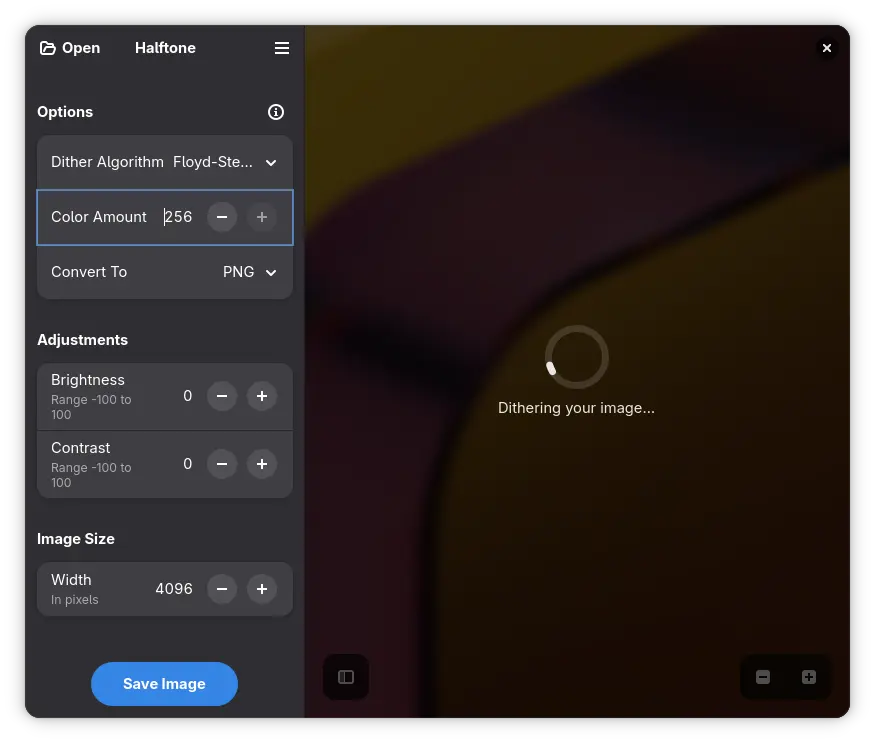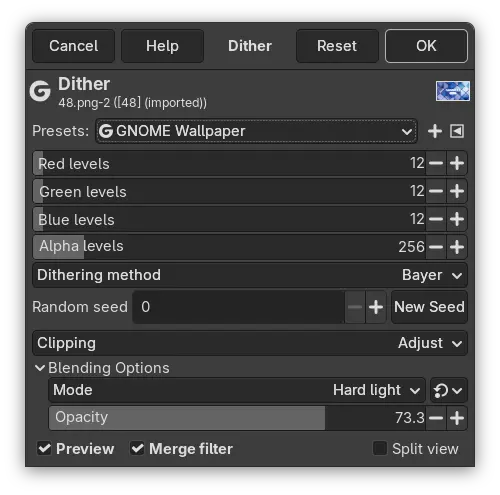Hello! I’m Asman Malika, and I still can’t quite believe I’m writing this as an Outreachy intern.
I’m working on the GNOME project: Improving document signing in GNOME Document Viewer (Papers), focusing on adding both manual and digital signing features, and improving the user interface, through a smoother signing experience.
Before I could even imagine working on a project like GNOME Papers, I was exploring a new side of software development. Just 19 months ago, I barely knew anything about coding. No degree, no bootcamp. Just curiosity, determination, and the urge to prove to myself that I belonged in tech.
Today, I work with Rust, Go, JavaScript, C, React and I contribute to open-source projects. But the road to this point? Let’s just say it wasn’t straight.
The struggles that led me here
I’ve applied to opportunities before, and been rejected. Sometimes because of my identity. Sometimes because I didn’t have enough experience or a formal degree. Every rejection whispered the same doubt: maybe I wasn’t ready yet.
But each rejection also pushed me to look for a space where effort, curiosity, and willingness to learn mattered more than credentials on paper. And then I found Outreachy. The moment I read about the program, it clicked: this was a place built for people like me.
Why Outreachy felt different
I didn’t just apply because I wanted an internship. I applied because I wanted to contribute meaningfully to real-world projects. After months of learning, experimenting, and self-teaching, I wanted to show that persistence counts, that your journey doesn’t need to follow a traditional path to matter.
The community aspect drew me in even more. Reading about past interns who started exactly where I was gave me hope. Every line of code I wrote during the application period felt like a building block towards improving myself. And the support from mentors and the wider community? I truly appreciate every bit of it.
The contribution phase: chaos, learning, and late nights
The contribution period tested my patience and resilience. Imagine this: working a full-time job (where I was still learning software development skills) during the day, then switching gears at night to contribute to Outreachy projects.
Most of my real contribution time came late at night, fueled by curiosity, determination, and maybe a little too much coffee. I had to adapt and learn quickly from understanding unfamiliar project structures, to reading documentation, asking questions (which was terrifying at first), and sometimes struggling more than I expected.
Some tasks took hours longer than anticipated. Some pull requests needed multiple revisions. Some nights, imposter syndrome kicked in.
But every challenge taught me something meaningful. I learned how open-source communities operate: writing clean code, submitting patches, communicating clearly, and staying consistent. The biggest surprise? Collaborating in public. At first, it felt intimidating, every question, every mistake visible to everyone. But gradually, it became empowering. Asking for help isn’t weakness; it’s how real developers grow.
Contributions I’m proud of
I fixed bugs. Improved documentation. Implemented and tested features. Helped refine workflows.
But here’s the truth: the real achievement wasn’t the list of tasks, it was consistency, I showed up when it was hard. I learned to work efficiently in a community, and contributed in ways that genuinely helped me grow as a developer.
Even small contributions taught me big lessons. Each merged pull request felt like a win. Each piece of mentor feedback felt like progress. Every late night debugging was worth it because I was building something real.
What I hope to gain
I want to deepen my technical skills, learn best practices from my mentors, and make contributions that truly matter. I also hope to grow my confidence in open-source collaboration and continue growing a software developer.
Throughout this journey, I want to document my progress and share my experiences with the community, reflecting on what I learn and hopefully inspire others along the way.










